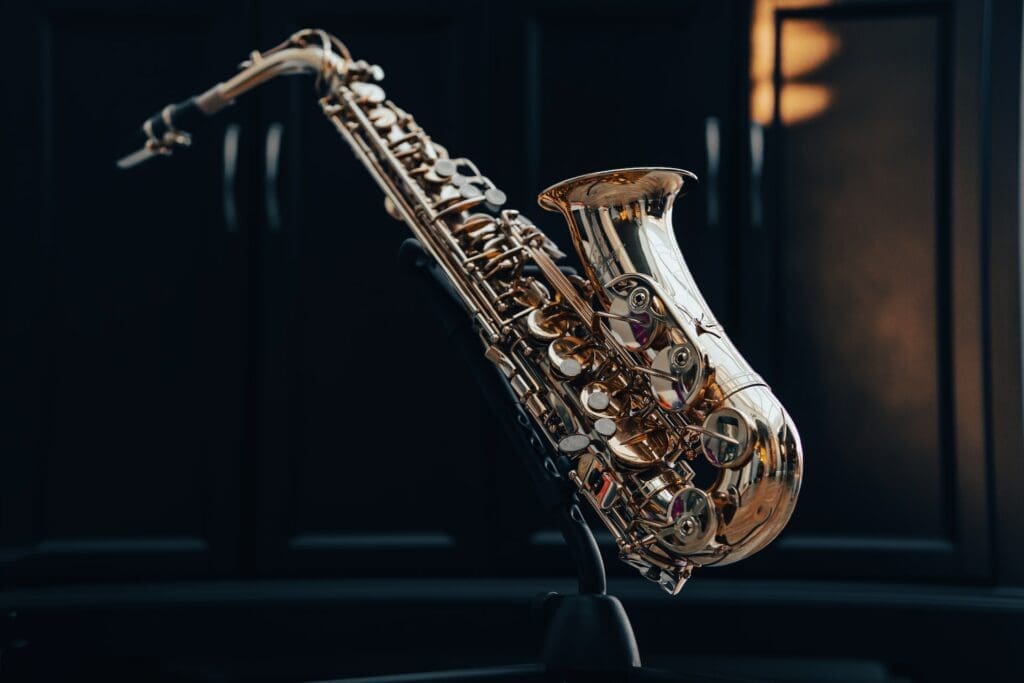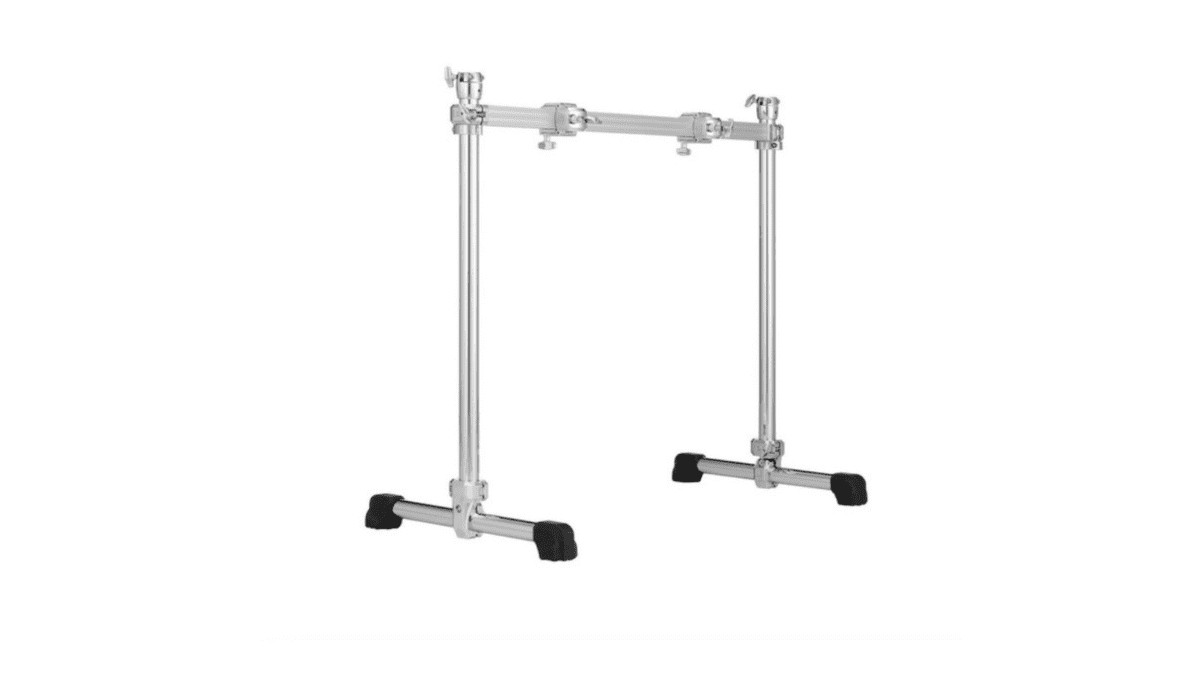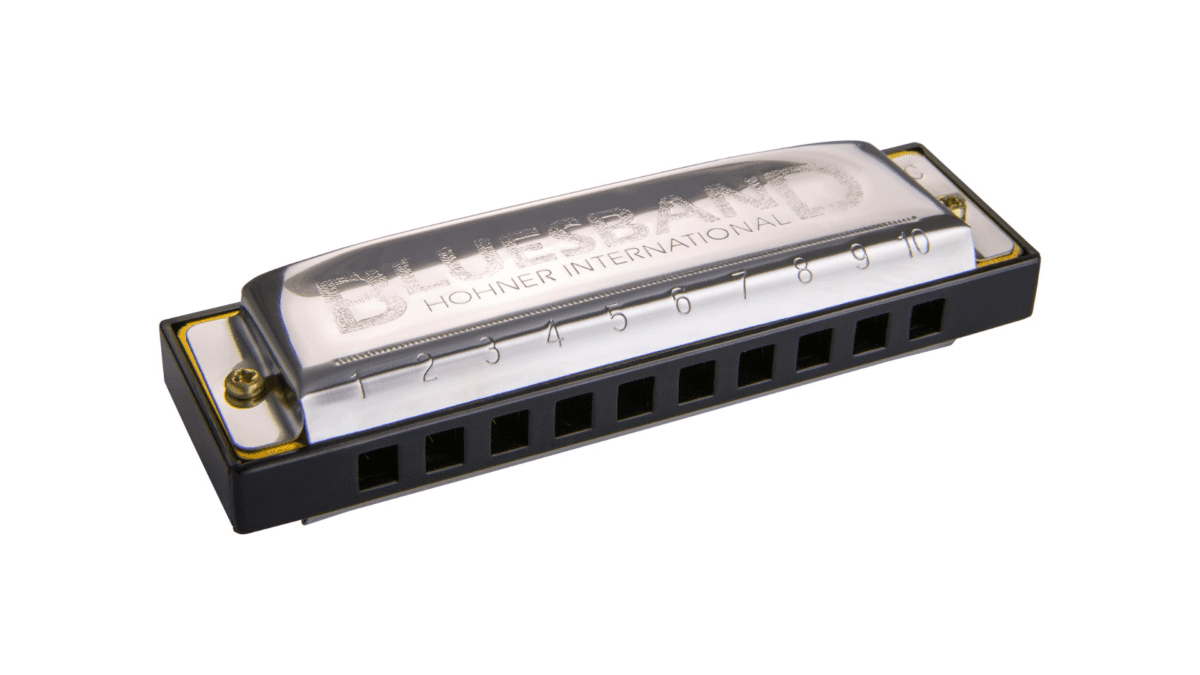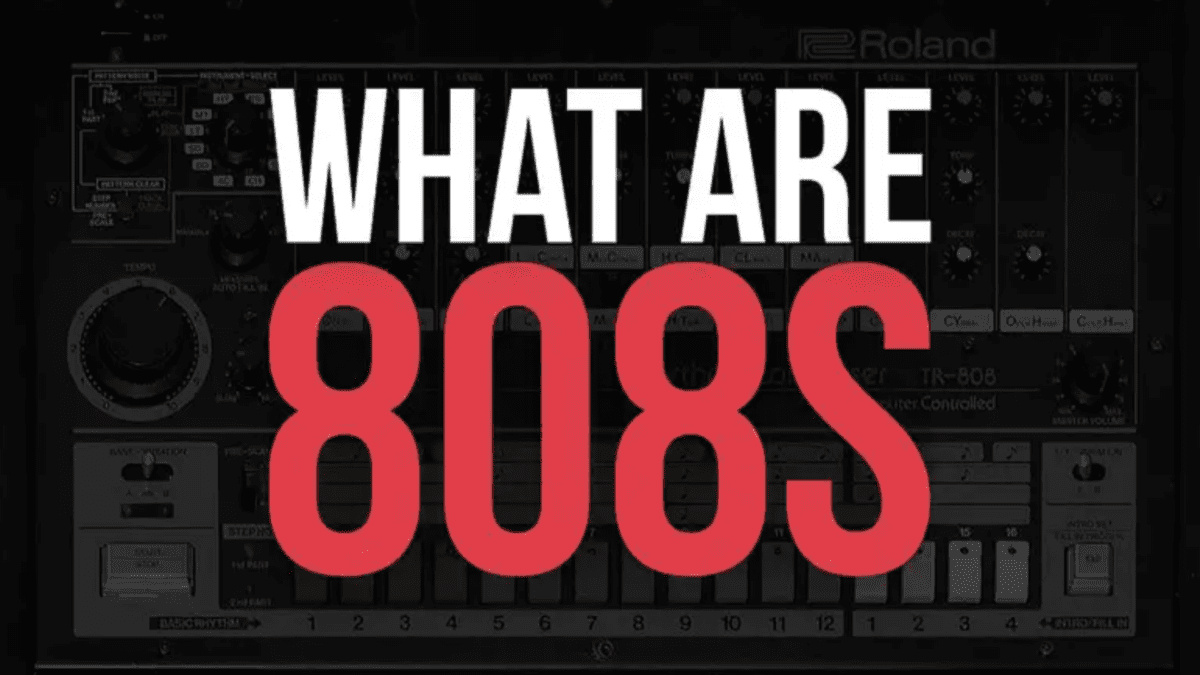The saxophone is one of the most versatile and beloved instruments in the world. It is a woodwind instrument with a distinctively rich and mellow sound. Its range and tone make it a popular choice for jazz, classical, and popular music.
In this article, we will explore the different types of saxophones and their unique characteristics. We will look at the differences between alto, tenor, baritone, and soprano saxophones, as well as the various sizes and materials used to make them. We will also discuss the different playing techniques used to bring out the best sound.
Whether you are a beginner or a professional musician, this article will provide you with the knowledge you need to make the right choice for your musical needs.
Different types of characteristics
- Size: Saxophones come in a variety of sizes, from sopranino to baritone.
- Pitch: Saxophones range in pitch from Bb to F#.
- Tone: Saxophones produce a wide range of tones, from bright and edgy to mellow and warm.
- Keywork: Saxophones have different keywork designs, such as straight and curved.
- Construction: Saxophones are usually made from brass, but can also be made from wood or plastic.
- Mouthpiece: Saxophones have different types of mouthpieces, such as hard rubber or metal.
Alto Saxophones
The alto saxophone is a member of the saxophone family of woodwind instruments invented by Adolphe Sax in the 1840s. It is smaller than the tenor and baritone saxophones but larger than the soprano saxophone. It is the most common saxophone and is used in a wide variety of musical genres, including jazz, classical, and popular music. It is pitched in the key of E-flat, one and a half octaves above the concert pitch of the B-flat clarinet. It is usually made of brass or bronze and is played with a single-reed mouthpiece. The alto saxophone produces a mellow, warm sound that blends well with other instruments.
Tenor Saxophones
Tenor saxophones are a type of saxophone that is larger than the alto saxophone, but smaller than the baritone saxophone. They are typically made of brass and are played with a single-reed mouthpiece. The tenor saxophone is used in a variety of musical genres, including jazz, blues, rock, pop, and classical. It is known for its deep, rich sound and its ability to blend in with other instruments. The tenor saxophone is also popular for its versatility, allowing players to improvise and explore different musical styles.
Baritone Saxophones
The baritone saxophone is the largest and lowest-pitched member of the saxophone family. It is a non-transposing instrument in the key of E♭, pitched an octave below the tenor saxophone. It is the most common type of saxophone used in jazz, blues, and rock music. It is also used in military bands, concert bands, and marching bands. The baritone saxophone has a deep, mellow tone quality and is capable of producing a wide range of musical expressions. It is often used to provide a low-end foundation in genres such as jazz, blues, and rock. It is also used to provide a rich, full sound in classical music.
Soprano Saxophones
The soprano saxophone is a woodwind instrument of the saxophone family and is the highest-pitched of all saxophones. It has a curved, conical bore and is usually made of brass. The soprano saxophone is most commonly found in jazz, classical, and concert bands. It is also used in solo and chamber music settings. The soprano saxophone has a wide range of tone colours and is capable of producing a very bright, piercing sound. It is often used to play high-pitched melodies and solos.
Different playing techniques
- Legato: Legato is a playing technique that involves playing smooth, connected notes without any breaks or pauses. This technique is used to create a sense of flow and continuity in the music.
- Staccato: Staccato is a playing technique that involves short, detached notes. This technique is used to create a crisp, articulate sound.
- Slurring: Slurring is a playing technique that involves playing two or more notes in one breath. This technique is used to create a smooth, legato sound.
- Vibrato: Vibrato is a playing technique that involves a rapid oscillation of pitch. This technique is used to create a warm, expressive sound.
- Glissando: Glissando is a playing technique that involves sliding between two notes. This technique is used to create a smooth, seamless transition between notes.
- Trills: Trills are a playing technique that involves rapidly alternating between two notes. This technique is used to create a lively, energetic sound.
Summary
Saxophones come in a variety of sizes and styles, and each one has its own unique sound. No matter what type of saxophone you choose, you can be sure to find an instrument that will suit your needs.











